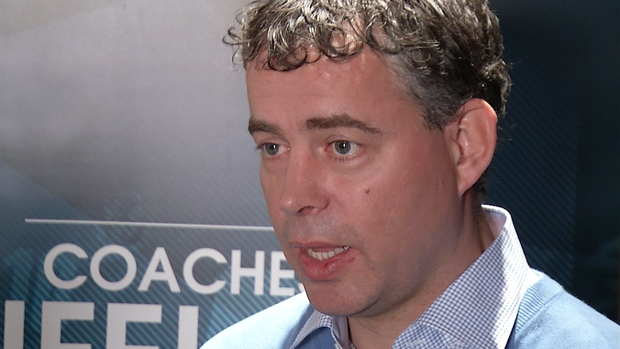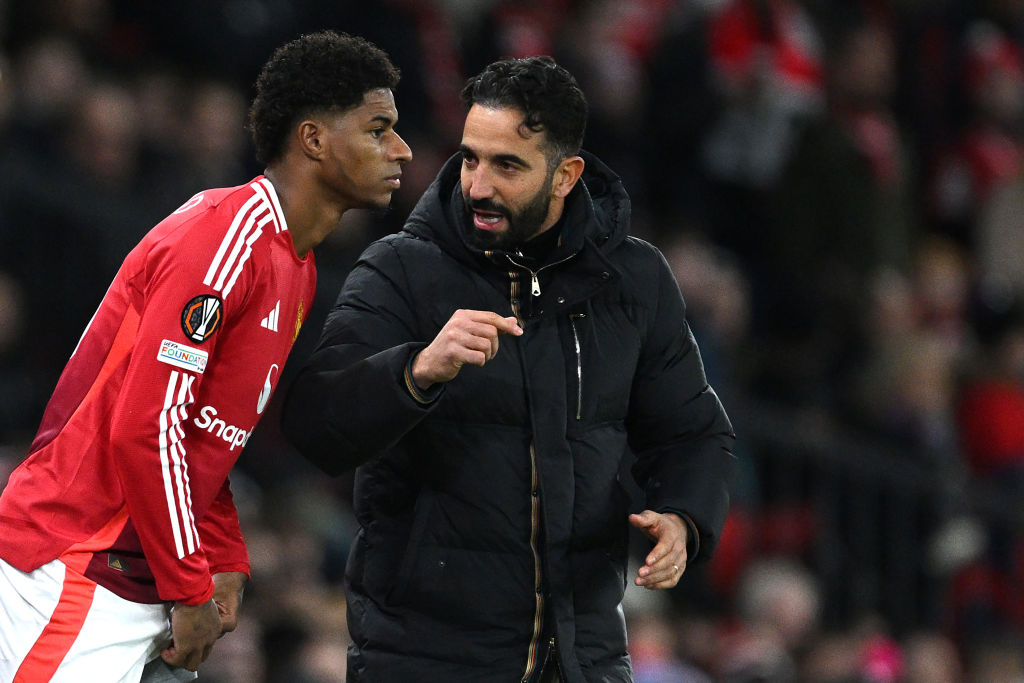Build from the back
Follow Raymond Verheijen's training tips and advice and you'll be playing out from the back in no time

Rarely, if ever, will you turn up at a Sunday League game and see a team passing out from the back. Hoofing it long to the big man has become part of the English DNA. Hell, there are teams in the Premier League that still do it.
In an ideal world teams across the country, from grassroots to elite, would be moving the ball from back to front with short, sharp, snappy football.
But making the shift from long ball merchants to pass masters is difficult. Technical ability aside, it takes bravery, confidence and unwavering faith.
It was these qualities that enabled Wales to develop a passing game under the tutelage of Gary Speed, before his death in 2011. Under Speed, Wales went from 116 in the world to 48.
In this video Dutch coach Raymond Verheijen, who served as Speed’s assistant manager during his 11 months as Wales manager, explains the methods the coaching staff used to implement this change.
“With Wales we were not used to passing the ball from the back. We started with the position of the players and we forced them to keep passing in training and competitive games,” he told FFT.
“As a head coach you have to be strong. Accept that you will lose, sometimes you lose two or three nil, then at some stage the players will improve.”
If you want to replicate the success of Wales and transform your team’s style of play watch this video interview with Verheijen.
Raymond Verheijen is the co-founder of the World Football Academy. For more information visit www.worldfootballacademy.co.uk
Also see:
Rio: Playing out from the back
Nemanja Vidic: Pass under pressure
How to be a ball playing centre back
Countering a team that press high up the pitch
The holding role: Press space, not players
Chris Hughton: Stop the opposition's passing game
How to make the opposition play the long ball game
Get FourFourTwo Newsletter
The best features, fun and footballing quizzes, straight to your inbox every week.
